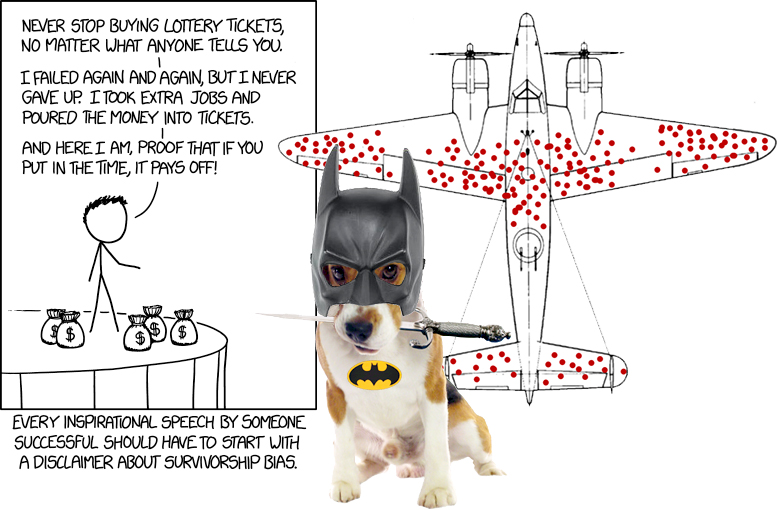My strange education was purchased with tens of millions of dollars of other people’s money.
This is how it happened. When I turned 20, I spent the next 2 years asking business owners 3 questions:
“Have you ever done any advertising that you felt really worked? Tell me about it.”
“Have you ever been excited about an advertising plan that you later felt was a waste of money? Tell me about it.”
“Are you still doing the thing that you felt really worked? Why not?”
I crafted those questions because the things I was being taught about advertising made no sense to me.
When a 20-year-old says he is “studying advertising” and asks if you will share your observations and experiences with him, most people are happy to do it. Within two years, the advertising mistakes everyone was making became blazingly obvious.
Most people had followed the same logical path to arrive at the same wrong answer.
We study successful businesses because we believe we can become successful by doing what they did. We ignore failures in the foolish belief that they have nothing to teach us.
When failures become invisible, the seductive mistakes that caused those failures become invisible, too. This is why everyone tends to make the same mistakes in advertising.
Important lessons are learned from failure, not from success.
As a young man, I harvested the lessons of hundreds of business owners whose collective experience totaled dozens of centuries and tens of millions of dollars.
Does it surprise you that the mistakes made by those business owners are just as common today?
When we focus our attention on those who succeed – and ignore the lessons of those who failed – we tumble headlong into “survivorship bias,” a dangerous but invisible fallacy of logic.
- Study only those who survive the selection process.
- Ignore those who did not survive.
- Congratulations. You just tumbled into survivorship bias.
When the Center for Naval Analyses evaluated the bullet holes in aircraft returning from missions during WWII, armor was recommended for the areas that showed the most damage. An engineer, Abraham Wald, popularized the term “survivorship bias” when he pointed out, “These are the planes that were able to return to base. The areas we need to reinforce are the areas that are undamaged on these planes, because those are the areas where damage makes it impossible to return.”
Most of us unconsciously do what everyone else is doing. But what if everyone else is wrong?
The reason history repeats itself is because we paid no attention the first time.
Traditional wisdom is usually more tradition than wisdom.
When you insist on being normal, you condemn yourself to being average.
Break away from the pack. Conduct an experiment. No matter how it turns out, you will have learned something you didn’t know before.
Or you could save yourself all that and just come to Wizard Academy. We’ll work hard all day and then sit together 900 feet above the city on the David McInnis Stardeck and howl at the moon.
If that last sentence frightened you, you probably wouldn’t like it here. But if you instinctively knew I was kidding and it made you laugh a little, what are you waiting for?
Aroo,
Roy H. Williams
 The world has been without Walt Disney for more than 50 years, but he continues to inspire new generations of creators. Michael Goldsby and Rob Mathews are professors of entrepreneurship at Ball State University and no one knows more about Disney than they do. If you’re a business person who has wished upon a star that some pixie dust might be sprinkled on your own Magic Kingdom, just ask yourself, “What would Walt do?” Listen and learn as Michael Goldsby enchants roving reporter Rotbart with tales of the impossible at MondayMorningRadio.com
The world has been without Walt Disney for more than 50 years, but he continues to inspire new generations of creators. Michael Goldsby and Rob Mathews are professors of entrepreneurship at Ball State University and no one knows more about Disney than they do. If you’re a business person who has wished upon a star that some pixie dust might be sprinkled on your own Magic Kingdom, just ask yourself, “What would Walt do?” Listen and learn as Michael Goldsby enchants roving reporter Rotbart with tales of the impossible at MondayMorningRadio.com
